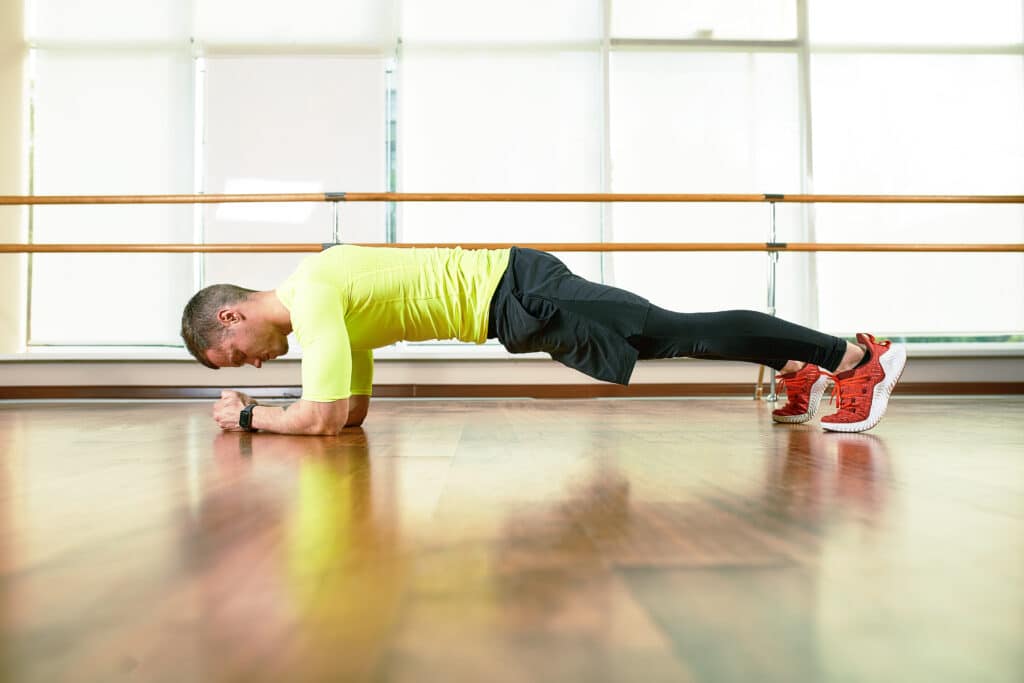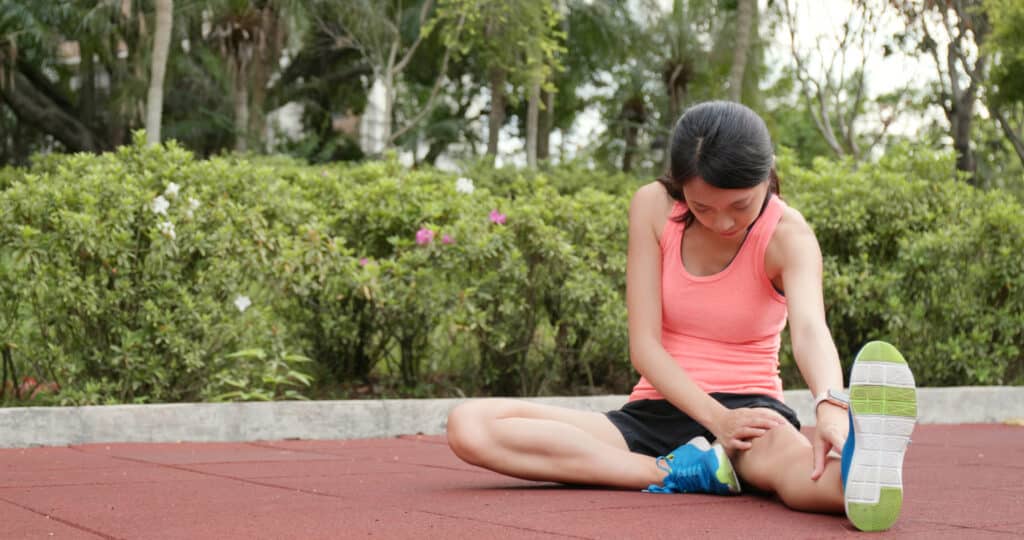
Collarbone fractures are among the most common bone injuries, particularly in children, athletes, and individuals involved in high-impact activities. The collarbone, know as the clavicle, is a long, slender bone that connects the breastbone (sternum) to the shoulder blade (scapula), and because of its location just under the skin and lack of surrounding muscle padding, it's especially vulnerable to breaks. Falls onto the shoulder, direct blows, or accidents like biking crashes or sports tackles often lead to a broken collarbone.
These injuries occur frequently during contact sports such as football, hockey, or rugby, as well as in activities with a risk of falling, like cycling, skateboarding, or skiing. Children and teens are especially susceptible because their bones are still developing and are more flexible but also more prone to certain types of fractures. While painful, most collarbone breaks heal well with rest, immobilization, and physical therapy—though severe breaks may require surgical intervention to realign the bone.;
A broken collarbone, or clavicle fracture, is one of the most common orthopaedic injuries. Whether from a fall, sports injury, or accident, a fractured clavicle can be painful and limit arm movement. Understanding how it happens, how to recognize it, and when to seek treatment is key to a smooth recovery.
The collarbone, medically known as the clavicle, is the slender bone that connects the shoulder blade to the sternum (breastbone). The collarbone plays a crucial role in shoulder stability and movement. It is particularly vulnerable to fractures because it sits just under the skin with little protection.
A broken collarbone is often caused by:
If a collarbone is fractured, symptoms may include:
OrthoNJ is different from your typical medical provider. Unlike many in the industry, we prioritize patient care over profits. Our six divisions work collaboratively to ensure the best outcomes for our patients. We believe in the "Power to Put Patients First," our doctors and divisional partners strive to uphold this commitment to our patients in every aspect of our medical care.
If you live an active lifestyle—whether you're into sports, outdoor adventures, or high-energy workouts—you’re no stranger to bumps and bruises. But one injury that can really sideline your progress is a broken collarbone. The collarbone is especially prone to fractures during falls or direct impacts. While not all injuries can be avoided, the good news is there are smart strategies to help reduce your risk. Here are five techniques to help protect your collarbone and keep you moving.

Building a resilient body is one of the best defenses against injury. When your muscles are strong, they can better stabilize your joints and absorb the shock of an unexpected hit or fall.
Focus on strength training that targets the shoulders, chest, back, and core—think resistance rows, shoulder presses, planks, and push-ups. Better muscle support around the collarbone can make a real difference in injury prevention.
In many sports and activities, falling is inevitable—but how you fall can make all the difference.
One of the most common causes of a collarbone break is falling directly on your shoulder or bracing your fall with an outstretched arm. Learning to fall more safely—like tucking and rolling instead of catching yourself stiffly—can dramatically reduce the force placed on your clavicle. Martial artists, skateboarders, and parkour athletes all practice fall technique for this exact reason—and you can, too.


Wearing the right gear isn’t just for the pros—it’s a key part of injury prevention.
If you're into contact sports, mountain biking, or skiing, protective padding around the shoulders or chest can provide a cushion against impact. Make sure your equipment fits properly and isn’t worn out—loose or ill-fitting gear can actually do more harm than good.
Flexibility and balance are underrated tools in your injury-prevention toolkit.
A flexible body moves better and reacts faster. Balance training and dynamic stretching improve your ability to shift weight, recover from stumbles, and avoid falls. Add yoga, single-leg exercises, or stability ball work to your routine for a well-rounded defense against injury.

Good technique is more than just performance—it’s protection.
Whether you're lifting weights or making a quick move on the field, using proper form helps prevent awkward landings or joint stress. Staying aware of your surroundings—like spotting a teammate before a collision or seeing a bump in the trail—gives you a chance to react and avoid dangerous situations altogether.
While a collarbone fracture is usually easy to identify, other conditions can mimic it, including:
While awaiting professional treatment, the following steps can help:
You don't have to stay in pain. Contact one of our ONJ divisions to schedule an appointment.

Most collarbone fractures heal within 6-8 weeks for adults and 4-6 weeks for children. Severe fractures requiring surgery may take longer but typically heal well with proper treatment. It is important to seek care from an orthopaedic doctor as soon as possible so that you can be set on the right path toward proper healing.
At OrthoNJ, our orthopaedic specialists are highly experienced in treating broken collarbones. The team will assess the injury with advanced imaging and recommend the best treatment for recovery, whether non-surgical care with a sling or surgical fixation in severe cases.
If a broken collarbone is suspected, don’t wait. Seeking prompt care from one of OrthoNJ’s top specialists ensures the best possible outcome.
Contact us today to schedule an evaluation and start the recovery process on the right path.